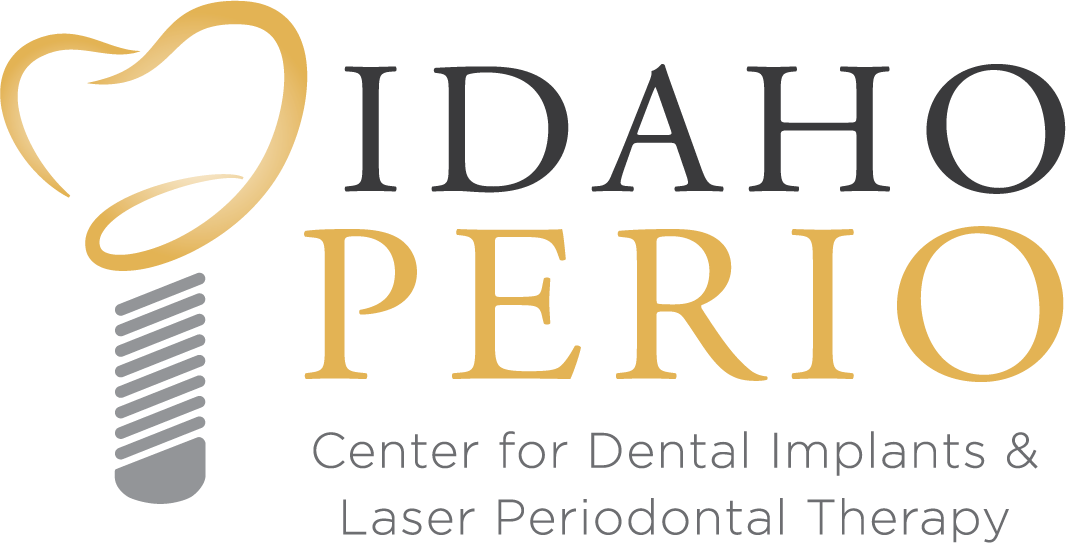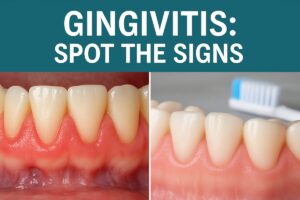Dental implants pain after surgery is common and usually temporary. This guide explains normal pain vs warning signs, simple home care tips, a recovery timeline, and when to call a specialist.
Why dental implants pain after surgery can be normal
Surgery causes tissue trauma and inflammation. Mild-to-moderate discomfort, soreness, and some swelling in the first 48–72 hours are normal as the body starts healing. Pain that slowly improves each day usually means things are progressing as expected.
Common causes of post‑implant pain
Surgical inflammation and swelling
Cutting soft tissue and working the bone irritates nerves and causes swelling. That soreness is part of early healing and often responds to rest, ice, and pain relievers.
Bone graft sites and sinus-related pain
If a graft or sinus lift was done, expect more soreness and a longer healing window. Grafted areas can feel tender for several weeks as new bone forms.
Nerve irritation or pressure
If an implant or surgical swelling is close to a nerve, you might feel temporary numbness, tingling, or sharp brief pains. Most nerve irritation improves over weeks but should be monitored.
Infection or implant failure (less common)
Infections are less common but serious. Signs include increasing pain after a few days, spreading swelling, persistent bad taste or smell, pus, or loosening of the implant failure. These need prompt attention.
When pain is a warning sign — red flags to watch for
Contact your surgeon right away for: – Severe, uncontrolled pain despite meds – Spreading or worsening swelling – Fever or chills – Pus or constant bad taste/odor – Pain that gets worse after initial improvement – New or prolonged numbness beyond a few days
Practical pain management after dental implant surgery
Use over‑the‑counter NSAIDs (ibuprofen) or acetaminophen as directed; take prescription meds exactly as prescribed. Home care: apply cold packs for the first 24–48 hours, keep your head elevated when sleeping, eat soft foods, and avoid smoking. Start gentle saltwater rinses when your surgeon says it’s OK. Don’t rinse vigorously or use straws early on.
Typical recovery timeline
– 0–3 days: peak discomfort and swelling; rest and follow pain plan. – 1 week: major improvement; sutures (if present) may be removed. – 2–6 weeks: soft tissue healing continues; tenderness fades. – Several months: bone integrates with the implant (osseointegration) and full function returns over time.
How to reduce pain risk before and during surgery
Follow pre‑op instructions: stop blood-thinning meds only if your surgeon advises, control diabetes or other medical conditions, and avoid smoking. Choosing guided, minimally invasive techniques and precise imaging lowers surgical trauma and can reduce post-op pain.
Why choose a board‑certified periodontist for implants
Idaho Perio’s board‑certified periodontists use CBCT 3D imaging, guided surgery, and minimally invasive lasers to plan and place implants with precision. These tools and techniques often mean less tissue trauma, faster healing, and reduced dental implants pain after surgery in Boise.
Next steps: when to call Idaho Perio or your implant surgeon
Call your provider if you notice any red-flag symptoms. Have ready: your symptoms, photos of the area, and a list of medications. If pain is severe or you have fever and spreading swelling, seek immediate care. Reach out with concerns — early checks protect healing and long-term success.






